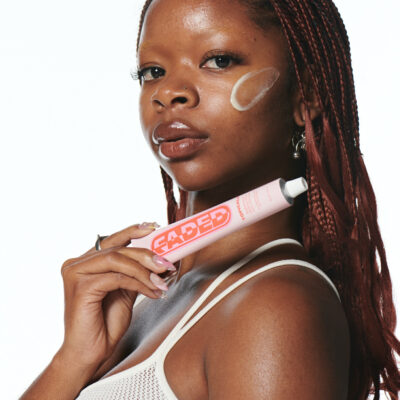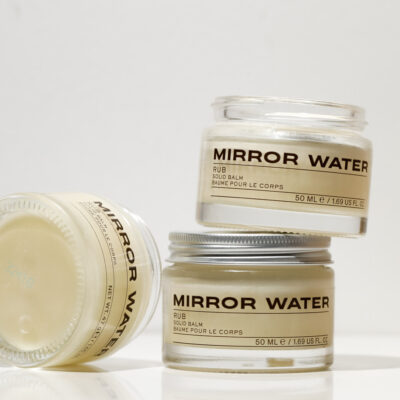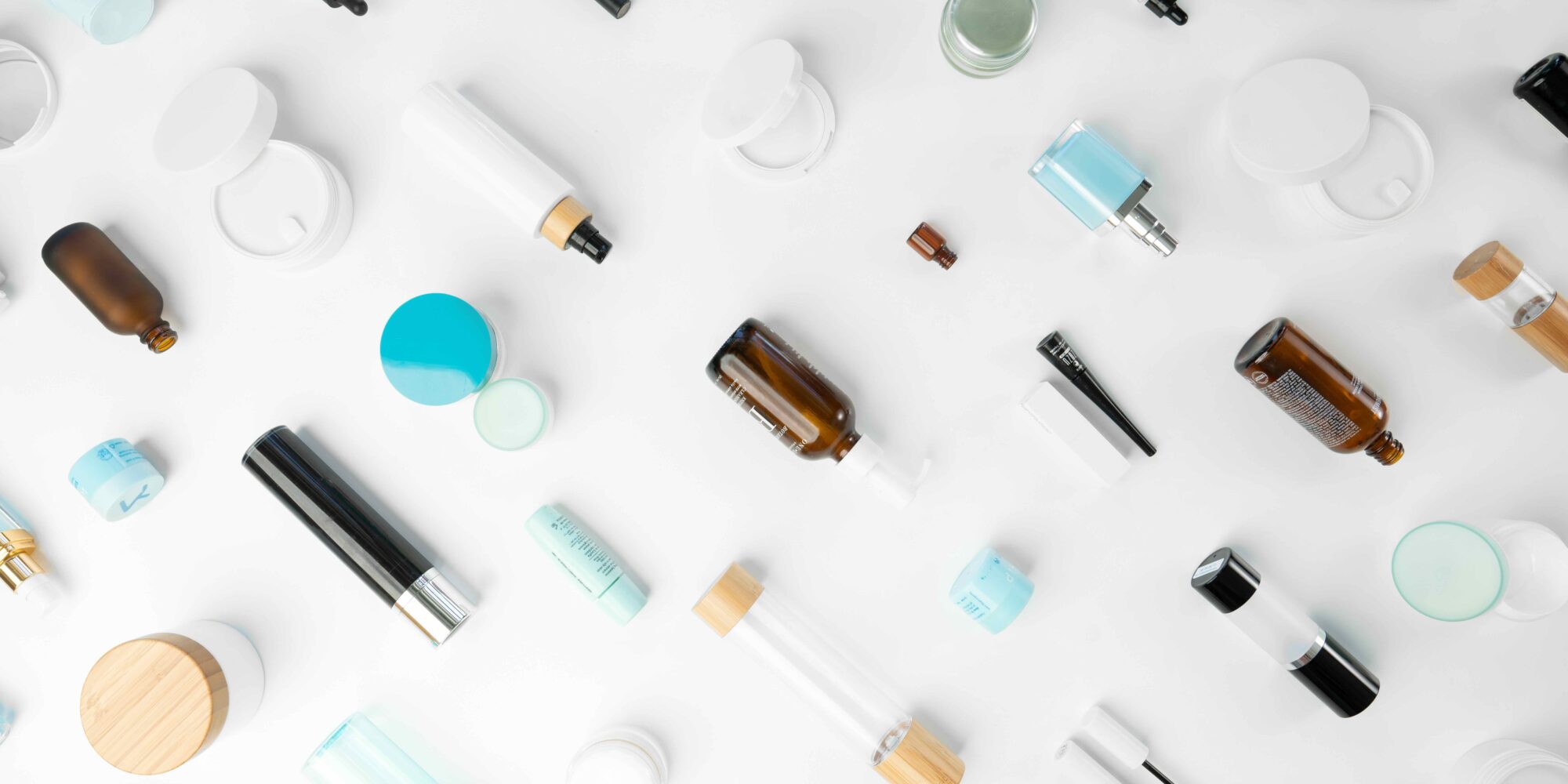
Pact: Beauty Recycling Dropped In 2023
There may be more sustainability seals on beauty product packaging, but the beauty industry still has a long way to go before it seriously stems the flood of packaging into landfills.
Even the efforts of brands and retailers that appear most dedicated to sustainability aren’t considerably moving the needle. According to Pact, a nonprofit collecting beauty packaging waste, members of its program diverted 73,038 pounds of beauty packaging material from landfills last year, a 53% decrease from 2022.
Pact, which has released an impact report with data on its 2023 collection activities, identifies an 85% drop in the beauty packaging material collected via its obsolete inventory program as the main driver of the decrease. Obsolete inventory is returned and defective beauty packaging, and it accounted for 26.9% of the beauty packaging material Pact collected in 2023, down from 63.8% in 2022.
“We have almost 3,000 bins across the country. We have partnered with Sephora, Ulta, Credo, L’Occitane and Saks Fifth Avenue,” says Carly Snider, executive director of Pact. “We have a lot of exposure with collecting material after the customer has used it, but what we need to do as an industry is come together for a better solution for the unseen waste.”
Started by the retailer Credo and brand MOB Beauty in 2021, Pact has diverted nearly 240,000 pounds of beauty packaging material from landfills to date, an amount equivalent to 22 airplanes or 54 pickup trucks. In 2023, it had 158 members, up 49 from the prior year, including 118 brands, 12 retailers and 10 packaging suppliers.
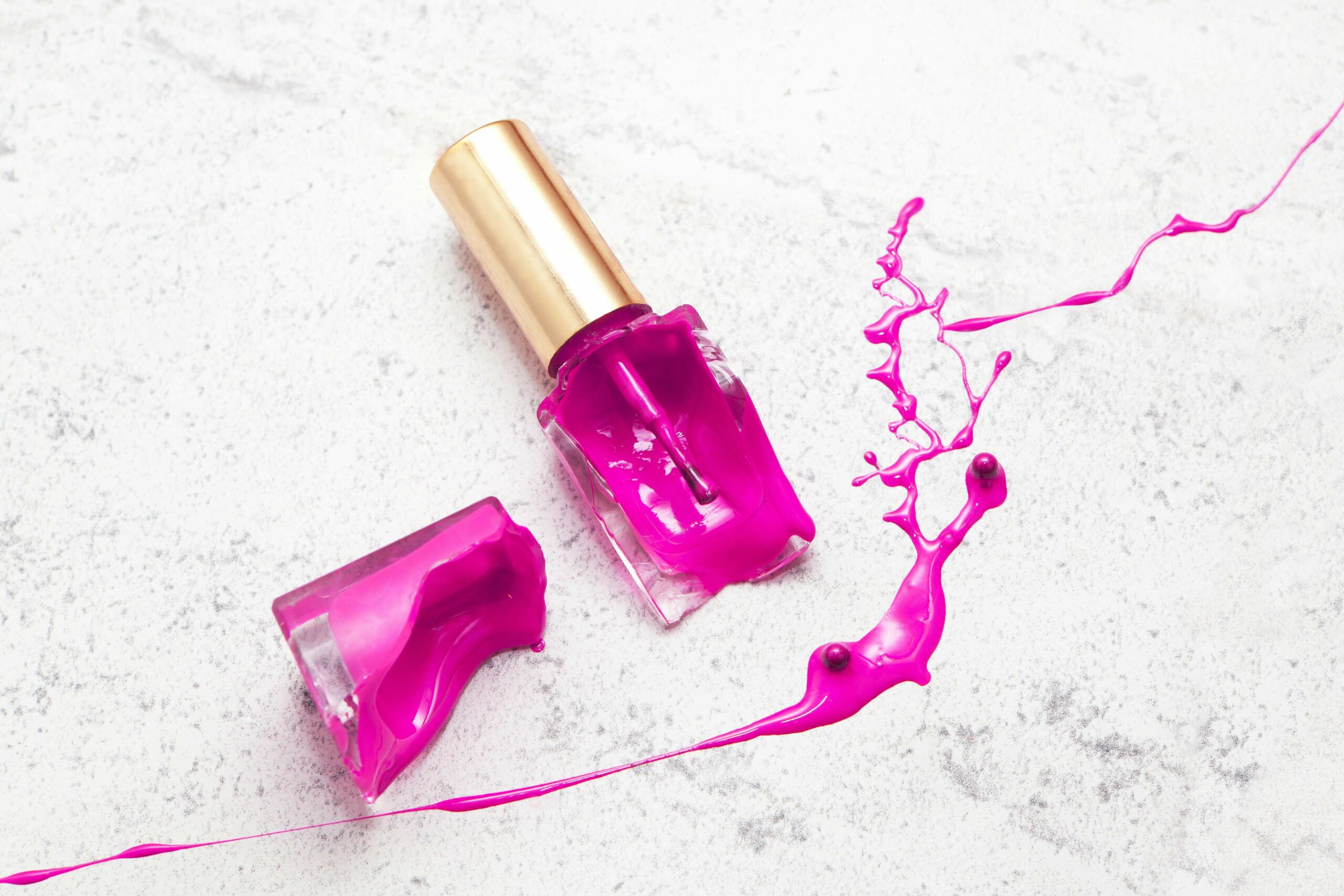
Pact’s members pay $500 to $12,500 yearly to participate in its programs. The programs span in-store bins where customers place empty beauty packaging to be collected, in-office bins for empty packaging collected from employees, mail-back shipments for packaging collected from brands and retailers’ e-commerce customers, and obsolete inventory or unusable packaging collection.
Obsolete inventory collection decreased last year, but a larger number of members participated in the obsolete inventory program. “The decrease is because it requires a change. No one has to do this,” says Snider. “There is a lot of customer influence and usage of purchasing power to influence better practices, but what we are seeing with obsolete material is that it’s happening back of the house. The challenge that we’re facing is that this material goes under the radar.”
Pact increased its bin placement 73% across the United States and Canada in 2023, and in-store and in-office bins were responsible for 65% of the beauty packaging waste it collected. There was a 158% jump in material collected through in-store bins and a 9% jump in material collected through mail-back shipments last year. Credo’s in-store collection program represents 1% of Pact’s in-store bin footprint, but contributes roughly 50% of the material Pact collected from in-store bins.
The mail-back and bin programs weren’t without issues. The contamination rate among the materials collected last year was 21.1%, up from 17.6% for all material to date encompassing bin and mail-back programs as well as obsolete inventory. Contamination is when beauty packaging waste contains goop that isn’t fully washed out, and the packaging can’t be recycled.
“What we need to do as an industry is come together for a better solution for the unseen waste.”
Last year, Pact collected a higher proportion of beauty packaging waste with #7 plastics or mixed material plastics that can’t be recycled. Almost 27% of the material it collected last year was #7, up from 18.3% in all material to date. About 40% of the 2023 material Pact collected was glass, up from 26% in all material to date. The glass collection increase allowed it to process a greater volume of dark glass that’s difficult for local material recovery facilities to recycle.
Based on the beauty packaging waste it collects, Pact is recommending that beauty companies prioritize #1 polyethylene terephthalate (PET), #2 high-density polyethylene (HDPE) and #5 polypropylene (PP) plastics for recyclability purposes. It also recommends clearer labeling and education so consumers understand the recyclability of beauty packaging materials and ridding beauty packaging of goop for recycling.
Pact intentionally describes what it does as collection rather than recycling because it doesn’t always recycle the packaging it accumulates. Although a majority of the packaging it accumulates is mechanically recycled—it’s broken down into pellets to be turned into other beauty packages or objects like flowerpots and shipping pallets—a minority is burned for energy.
Pact is working to pinpoint data on the beauty packaging that generally gets burned versus recycled to help segue the industry to packaging with enhanced circularity. It already knows that mascaras typically end up being incinerated.
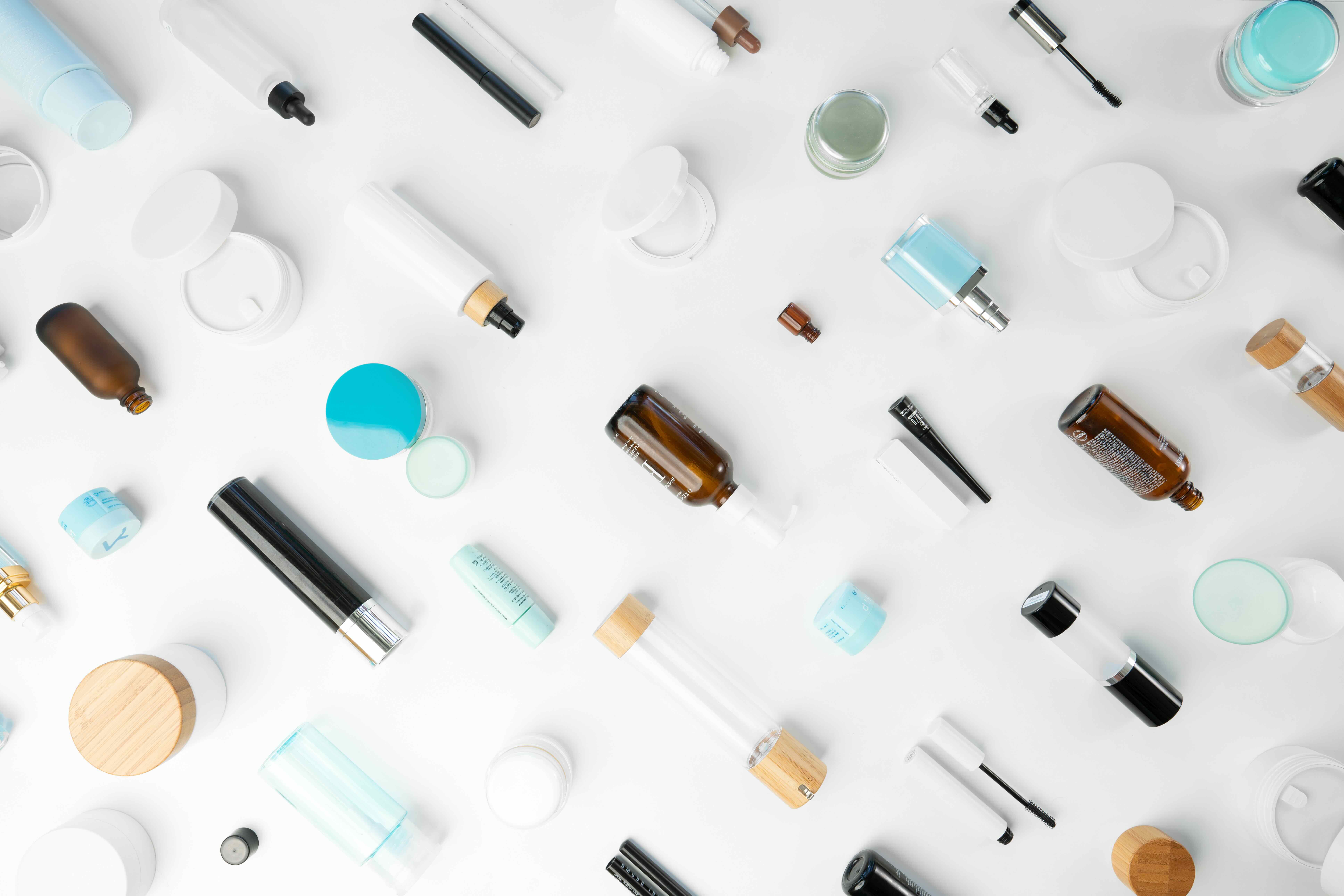
With mascaras, Snider explains, “There are a lot of pieces that can’t be separated. We need to figure out a better way. A lot of these packaging types need to be redesigned entirely.” If a beauty package is burned, she continues, “You are losing the ability for it to be recycled, and therefore encouraging the need to create more virgin material.”
Snider stressed the importance of current sustainability data like the data Pact is tracking with its programs to guide sustainability initiatives in the beauty industry. For example, there’s an oft-cited statistic from the market research firm Euromonitor that the beauty industry produces 120 billion packaging units per year, but it’s unclear if that statistic is accurate today.
“I honestly think it’s higher than that for the industry. In beauty, we really don’t have many stats. We don’t know our baseline. That’s really Pact’s goal,” says Snider. “If you don’t know your baseline and understand your problems and hurdles, how are you going to improve?”
Armed with information about its impact, Pact anticipates 2024 will see a reversal of last year’s trend of more packaging waste being sent to landfills. The organization is cognizant of companies promoting sustainability by becoming members while not committing to it, whether conscious or not, and is prodding them to act. Last year, it began mandating Pact members introduce a material collection program, and it’s thinking of further requirements such as possibly stipulating members must attempt to advance their packaging’s sustainability profile.
“We are not a certification entity. We don’t want to be just part of this sustainability check mark,” says Snider. “Action and improvement have to happen.”


